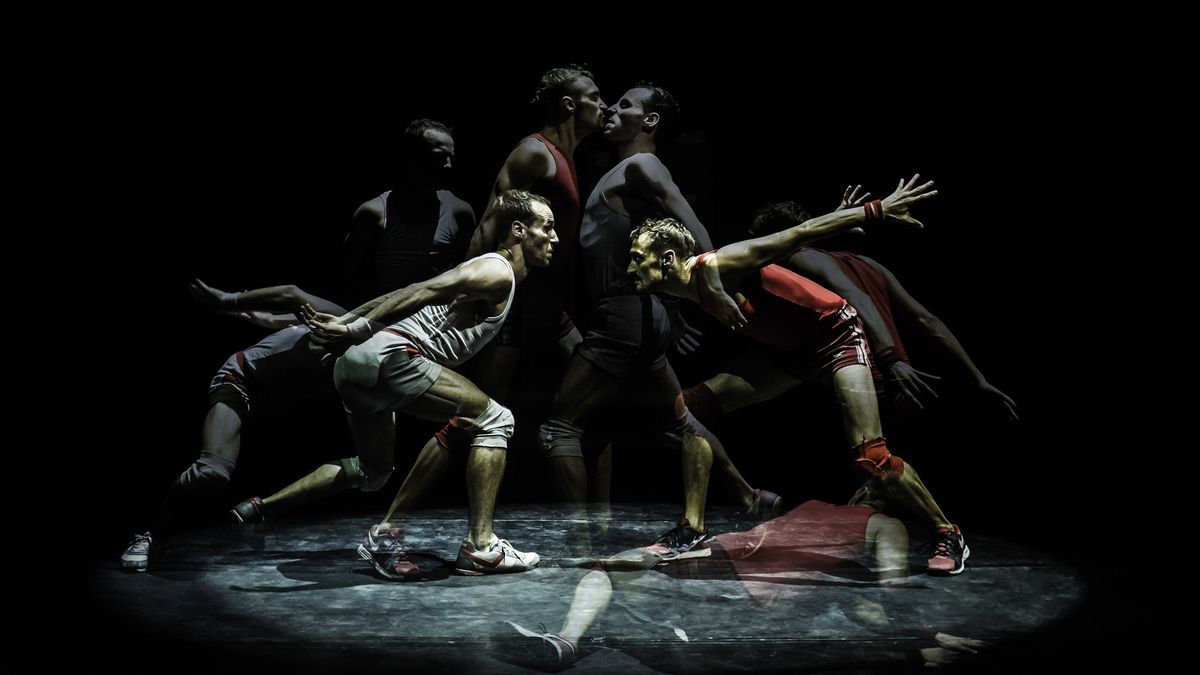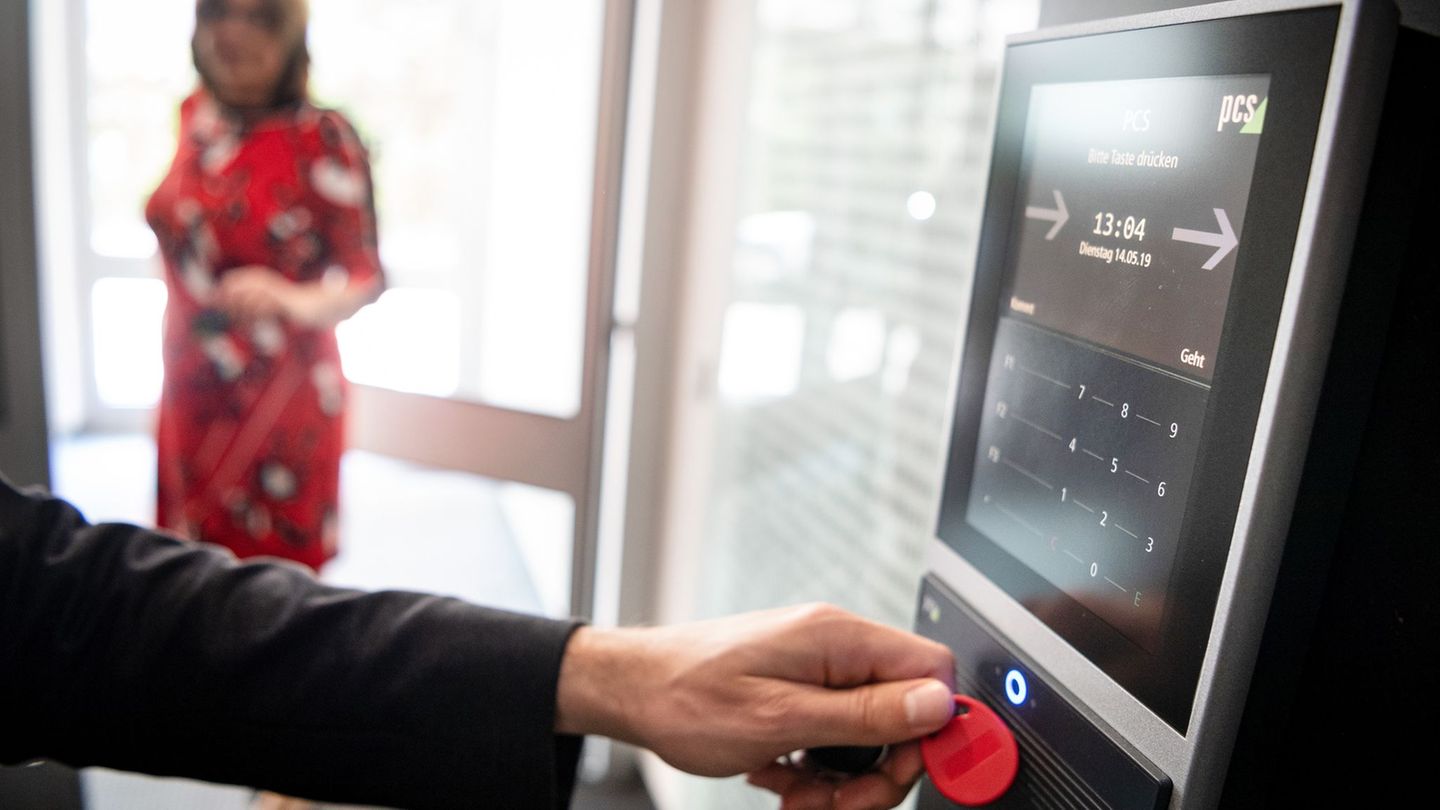“We are all a little animals of customs, there is an intrinsic animality in the human being we already like says Luciano Rossocreator and interpreter with Alfonso Barón of the magnificent “A red poyo” which added functions and occurs in the Grande del Metropolitan Hall today, Tuesday, Friday 25 and Sunday, July 27.
The international scenic event that has an unprecedented international tour, with 15 uninterrupted years, with more than 1000 functions in 30 countries around the world, tells the story of a first kiss between two creatures. They can be men, dog, cat or trees, who are in a wardrobe and begin to compete, seduce and finally display their feathers as if they were birds. A cross between dance, sport and sexuality. A work that, from body language explores the limits of contemporary language, in respect of the movement and its subsequent interpretations. A provocation, an invitation to laugh at ourselves and, in turn, recognize our totality. We talked with Baron and ROSSO.
Journalist: It’s theater, it’s dance, it’s acrobatics, it’s improvisation, it’s sport, how do they define the show?
Alfonso Barón: He is told physical theater but it is theater at last, with the body as the protagonist with a story that Mixture languages, taking advantage of the qualities we have for our formation. I did sports many years, rugby, mountain sports because I am Mendoza, I skied as a boy, snowboarding, skate, then I knew body theater, improvisation, the farce, the comedy of art, absurd, grotesque, then I did not work a naturalistic theater but very attacking the body. Then I met the dance, first contact of improvisation, then technique in the UN, I was at the San Martín Theater. We work with humor, Clown, dance, acrobatics, mimicry.
Luciano Rosso: We define it as physical theater because we do not use articulated language and then use the body as a means of expression to tell this story. I would say that it is a very simple story told in a very complex way.
Q.: What are the topics? I found struggle, love and war, identity search ..
LR: The main theme is love. What happens is that love is so comprehensive that there are a lot of edges and layers that accompany the narrative of the story.
AB: It is a love story between two beings and the different stages are shown when trying to conquer someone, demonstrate insecurities or quite the opposite, impress the other, fight and compete with the other, resist, generate that strip and looser until discovering what happens until that end in which the two agree to stay together.
Q.: How is that animality to the stick, that metaphor with the animal?
AB: As the animal has no reason but instinct, there is something of that need to explore, smell, touch without prejudice and take the time to investigate from the animal side. The name of the work arises from the two creators Luciano Rosso and Nicolas Poggi, who in Varietés were presented as the Poggi Rosso duo, and one day someone was wrong and said the red Poyo duo. They began to investigate with the fight of roosters and other moments of animation. Artists have that naivety, that truth that animals have, that game that we apply in the work.
Q.: In a time when artificial intelligence dominates images and movements, seeing so much beauty and fun to pure human theatricality and blood traction is a delight, what do new technologies say?
Lr.: New technologies are an advance in a lot of social sectors, however there is something in the living theater that is irreplaceable, that symbiosis with the public, that ritual of being present can only be given in a context of human interaction.
AB: There is something human, stripped of technology, which seems nice and necessary to contrast beyond what we incorporate into our lives and need it to live. Our second show created in Pandemia, “dystopia”, had a lot of technology, with screens, televisions, effects and console with live music, it was the antithesis of “red poyo” and brought us many problems, many times it did not work, it was a mess, we had many technical requirements, rooms with some height and depth, we did 70 functions and now we are going to prepare a new show and we will return to the bases. Red, that combines body and emotion. How nice it is to see some flesh and blood in a world mediated by technology.
Q.: How do you see the Danza Theater in the world, which would highlight as a avant -garde on the international scene?
AB: The contemporary circus is closer and more to the theater, the artists who always use the bodily and also work with puppets, masks, such as James Thierrée. I rescue that the works are genuine, there is a fashion of following certain issues that tell me nothing or identify me, with little creative ways or cliché, so I highlight the search. We saw in Paris a show with two interpreters, with a scenography all made of cards, with written words, very original.
LR: I was very marked by the DV8 company, but also my referents were Buster Keaton, Charles Chaplin and all the cartoons I saw as a boy.
Q.: What can they say about the vast audiences to which they reached and how they contrast with the Argentine?
AB: We have general acceptance of the public, so the work is still alive, they touched us public of all kinds. In Sweden, Finland, Norway, also Germany or Switzerland, during the function the spectators do not show feedback, we think “oh, we are rowing”, and when it ended exploded standing. They are educated like this, not to lack respect or interrupt. In Latin America and others in Europe, the public’s reaction is immediately perceived. We approach the spectators, we eliminate the barrier with the public, a communion of empathy is generated and a beautiful thing with the spectators. Argentina is particularly very euphoric, a lot of fire.
LR: The audiences are very diverse, however the work is very well received everywhere. We have traveled to more than 30 countries and have returned more than once to many of those countries. It is clear that for us the heat of the Argentine public has a plus, there is an extra complicity when we act here and that makes us very happy.
Source: Ambito
I am an author and journalist who has worked in the entertainment industry for over a decade. I currently work as a news editor at a major news website, and my focus is on covering the latest trends in entertainment. I also write occasional pieces for other outlets, and have authored two books about the entertainment industry.




